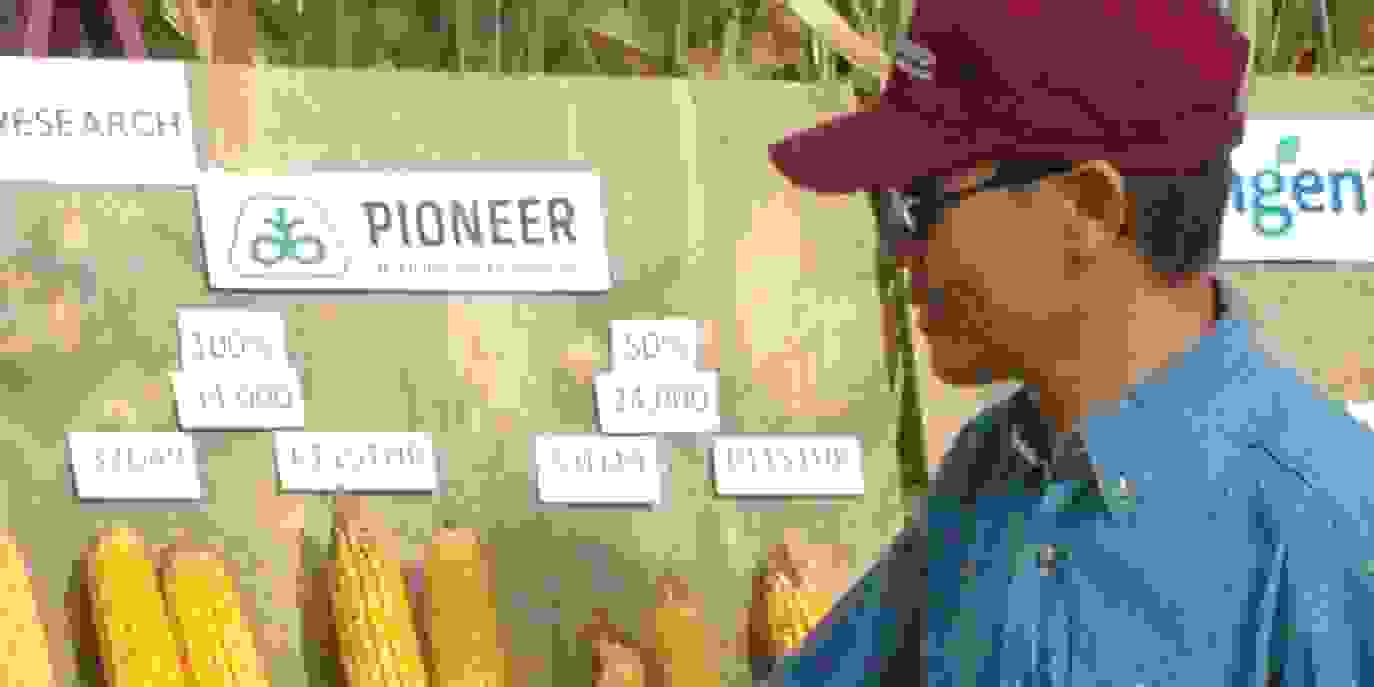As water challenges for corn production on the Texas High Plains continue, Texas A&M AgriLife Research scientists are evaluating recent drought-tolerant hybrids from major seed companies.
Dr. Qingwu Xue, AgriLife Research crop stress physiologist, and his assistant research scientist, Dr. Baozhen Hao, are wrapping up a two-year study on “Water Use and Grain Yield in Drought-Tolerant Corn in the Texas High Plains.”
They presented their information at the recent American Society of Agronomy - Crop Science Society of America - Soil Science Society of America international meeting in Long Beach, California.
The study was funded in part by Texas A&M AgriLife Research Cropping System Program, Pioneer Hybrids International and the U.S. Department of Agriculture – Ogallala Aquifer Program. Other team members are Thomas Marek, AgriLife Research irrigation engineer; Dr. Wenwei Xu, AgriLife Research corn breeder; and Dr. Ed Bynum, AgriLife Extension entomologist.
Xue said little information is known about the difference in water use between drought-tolerant and conventional hybrids.
“We wanted to know why the drought-tolerant hybrids perform well under drought conditions,” he said.
“In this study, we compared two hybrids from Pioneer. One is 33D49, a very popular conventional hybrid in the Texas High Plains that does not have the drought-tolerant trait, and AQUAmax P1151 HR, also from Pioneer but with the drought-tolerant trait and in the market since 2012. This hybrid is gaining popularity in the north part of the Texas High Plains.”
The objective of their study was to compare the two corn hybrids’ water use and grain yield performance at three irrigation levels — 100 percent, 75 percent and 50 percent evapotranspiration requirement, Hao said. The same two hybrids with different drought tolerance were planted in both years.
Measurements included soil water content, soil water extraction, seasonal evapotranspiration, water-use efficiency, biomass and grain yield, he said. Xue and Hao said when averaged across the two years and water regimes, P1151HR showed higher grain yield, water-use efficiency and biomass yield, and slightly lower seasonal evapotranspiration as compared to 33D49.
“What we found was there was no difference in total evapotranspiration between the two hybrids, so they required a similar amount of water to produce corn. However, at the 50 percent evapotranspiration level, the drought-tolerant corn had a tendency to access more water from the deeper soil profile.
“What we also found was in the AQUAmax hybrids, the yield was generally 10 to 15 percent higher than the traditional hybrid, especially in drought conditions such as the 50 percent evapotranspiration level. That’s a huge yield benefit under drought conditions,” Xue said.
What this means is that the new AQUAmax hybrid has higher yield and higher water-use efficiency — up to 20 percent, he said.
Read the full AgriLife Today news release for more information.

